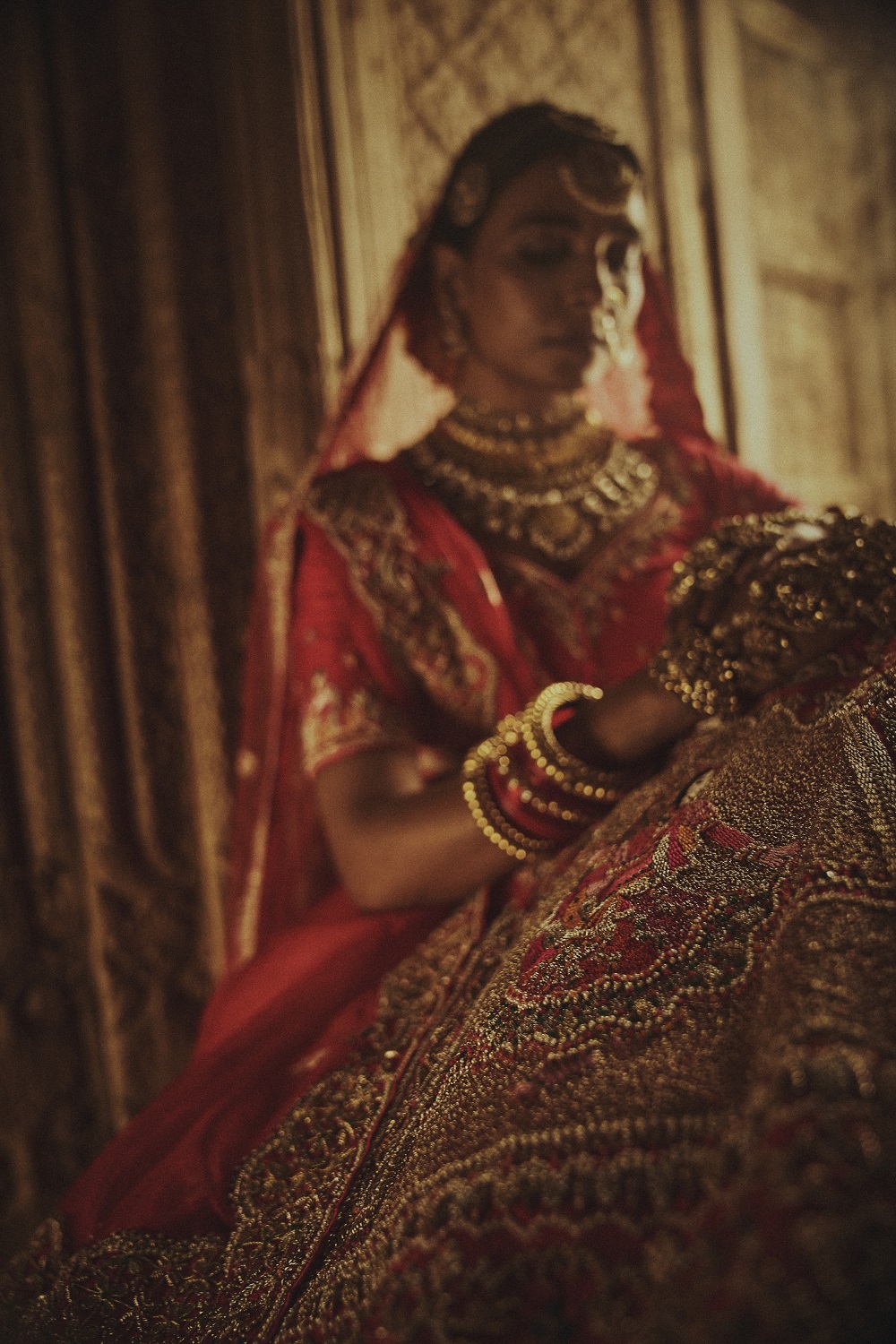
There’s a hint of nostalgia that accompanies Asha Gautam’s signature style. The art of knot embroidery may find itself storing many childhood memories. Creating knots and creating patterns out of these knots is a practice that many would have tried their hands at, as extracurriculars in schools or by simply picking up their grandmothers. It’s a little bit of music that comes alive on fabric, one to calm the mind, leaving behind a sense of warm satisfaction. And despite it all, it’s an art that’s relatively simple, perhaps its charm lying in its ease. I remember gawking at my mother as her adept hands navigated these embroideries. Back then, little me had no idea that what I was witnessing would become the identity of our brand. It’s something I still think about, this household recreation,finding its place on cushions and throws across India and China, coming to be a part of Asha Gautam’s identity. To this day, I am infinitely proud of the way we use knot embroidery. The art itself is a manifestation of true luxury. This technique, along with convent and petit point embroidery are labour-intensive art forms that take years of dedication and skill to perfect. The intensity has resulted in a dearth of artisans who still practice it. Convent embroidery, for example, is done in the south or the east of India, by trained women who spend creating masterpieces that reflect the true beauty of this style. The patronage often comes from luxury houses and as a result is a productive form of employment for many of these underprivileged women. And while machines may able to deal with the technicalities of knot, petit point, and convent embroidery, they can never replicate what human hands can create. As a result of these many barriers, knot embroidery hasn’t seen mainstream popularity in the world of fashion. They feature limited silhouettes, often restricted to sarees and kurtas. Both the expense and the pace of human production means that this technique fails to match the demands of fast fashion.
Much like the fate of handlooms, this art form saw a rapid decline in value, and while handlooms have regained lost glory as a result of mindful consumers and producers, the future of knot embroidery is still unclear. I firmly believe that knot embroidery hasn’t got the centre stage it deserves. And while the restrictions are many, even from the artisans themselves who may find themselves constricted to a few motifs and patterns, we at Asha Gautam are constantly trying to push against these boundaries. That’s why we came together with a team of experts and trained more than 50 artisans in the craft of knot embroidery. It is a technique that has been with us, for as long as we have existed and as we re-launch our bridal range, we want to feature it front and centre. The motifs that feature in our collection have all been developed through the medium of French knots. And we believe that its beauty is truly something to experience, with the knot itself being so versatile that it lends itself to an endless number of designs. It can find its place around other techniques and interplay with diverse textiles to further accentuate its beauty. And our collection is a testament to this fact. That’s why the French knot features in the 15 different techniques that we have used.


As we go forward, we want to grow this art, bringing more artisans into our fold. For us, Asha Gautam transcends a fashion house. It is an emotion and as we approach our silver jubilee, by achieving 2 years of constantly breaking the boundaries of fashion, we want to be more mindful of what we create and how we do it. Because Asha Gautam exceeds just being a brand, it is a school of thought, one that we grow every day.